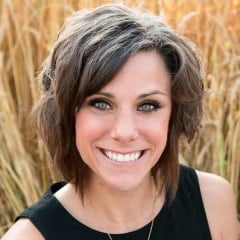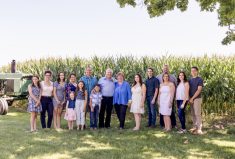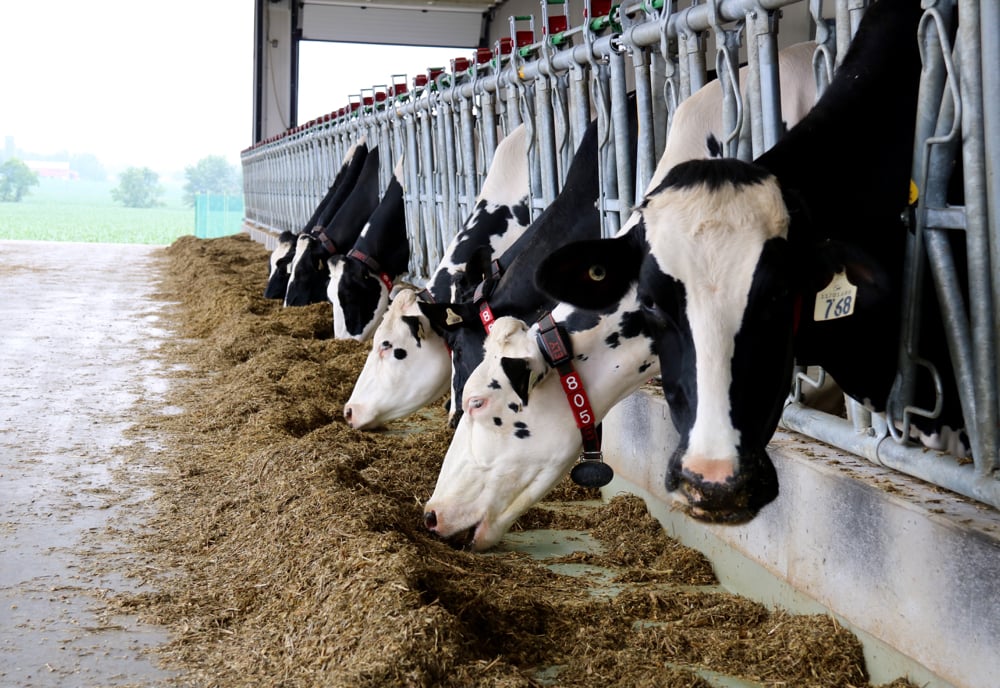Producers have options when it comes to managing calves while using automated feeders, whether the animals are in group housing or individual housing.
Why it matters: There are many different ways to manage calves through the same feeding system – what’s important is the calves are healthy and growing well.
At Hogendoorn Dairy and Markvale Holsteins, the calves are weaned within individual housing but are starting out differently and managed differently throughout the process.
Both farms were visited on a tour hosted by Forster-Technik held Nov. 6.
All buildings at Markvale Holsteins were destroyed in a barn fire in 2013, although they didn’t build a new calf barn right away.
“We should have built this calf barn right away in 2013. We didn’t. We came from hutches. The calf feeding has become a pleasure again since we put this building up in the beginning of 2017,” says Clarence Markus with Markvale Holsteins.

On the Markus farm, calves are housed individually from the start and continue that way until weaned.
On the Hogendoorn Dairy farm, calves are first put in a group pen where they drink from an automated feeder until a week of age and then they are moved to the individual housing with a rail feeding system.
Teneke Hogendoorn, who manages the calves, prefers group housing for feeding compared to that of the rail system.
“It’s easier to start the newborns on the group housing,” she says.
In the individual stalls with the rail system, they have to wait for the nipple to arrive to manage the calves.
“If there is one calf that didn’t drink, I have to wait to make the feeder is there and it’s easy to miss it,” says Hogendoorn.
Read Also

BinSentry sensors reduce feed-bin outages
BinSentry sensors mean fewer feed bin outages and more efficient deliver for feed mills.
She said she enjoys the social interaction between calves in the group system and she thinks it aids in their development.
The Markuses, however, prefer to have the animals individualized from the start for better disease management.
“I find that the disease transmission is lower and with the system that we currently have in place, the animals are doing way better,” says Mark Markus with Markvale Holsteins.
The Hogendoorns are feeding the calves colostrum for the first six feedings in two days, via bottle, while Markvale Holsteins tube-feed colostrum for the first feeding.
Within both systems, disease management can be tricky because the nipples are shared among the calves and all are housed within the same environment.
Nipples are changed daily, cleaned and disinfected to help manage disease transfer and the systems have automated cleaning.
As well, pen cleaning is of utmost importance; pens are washed between calves and bedding is changed when required to ensure animals remain dry.
Clarence Markus says they installed a positive pressure ventilation system, which is a major factor that helps with disease management.
The increase in calf daily gain is one of the biggest advantages the Markus family has found since transitioning to the automated feeder. The calves are fed 2.5 litres, six times a day.
Markus says calves average 0.92 kg of gain per calf per day and that’s resulted in earlier first calving for heifers.
“We are seeing an average of five months earlier for breeding them and we are getting 500 kg of millk per cow more than the old system.”















